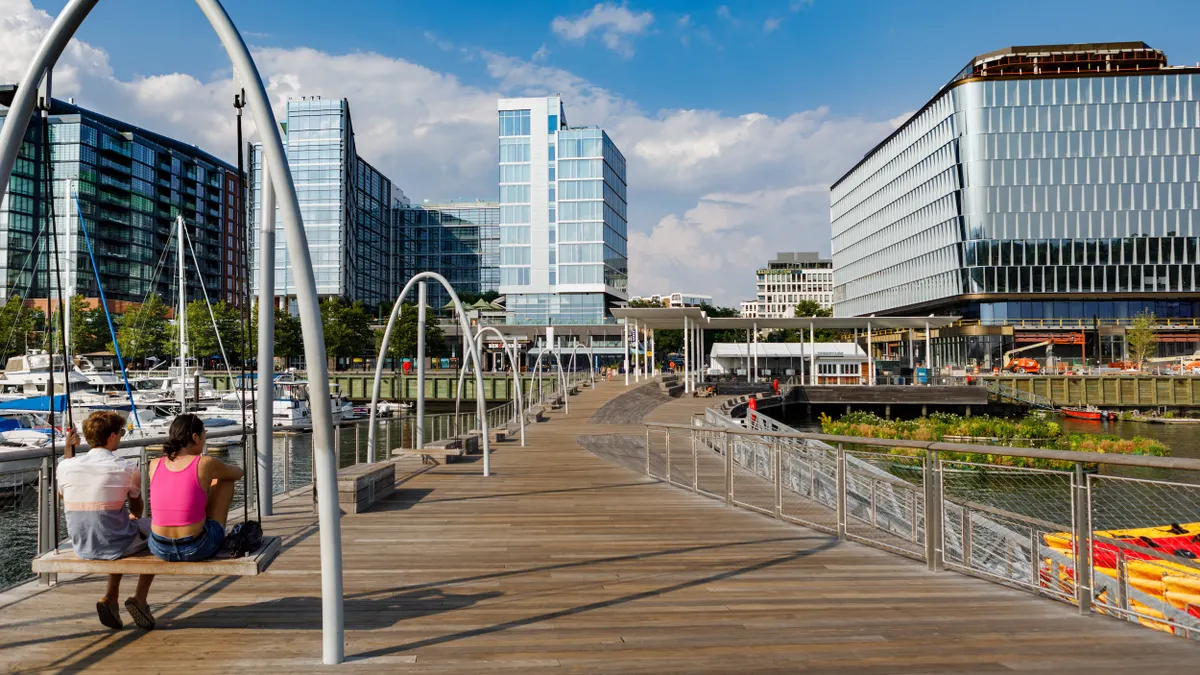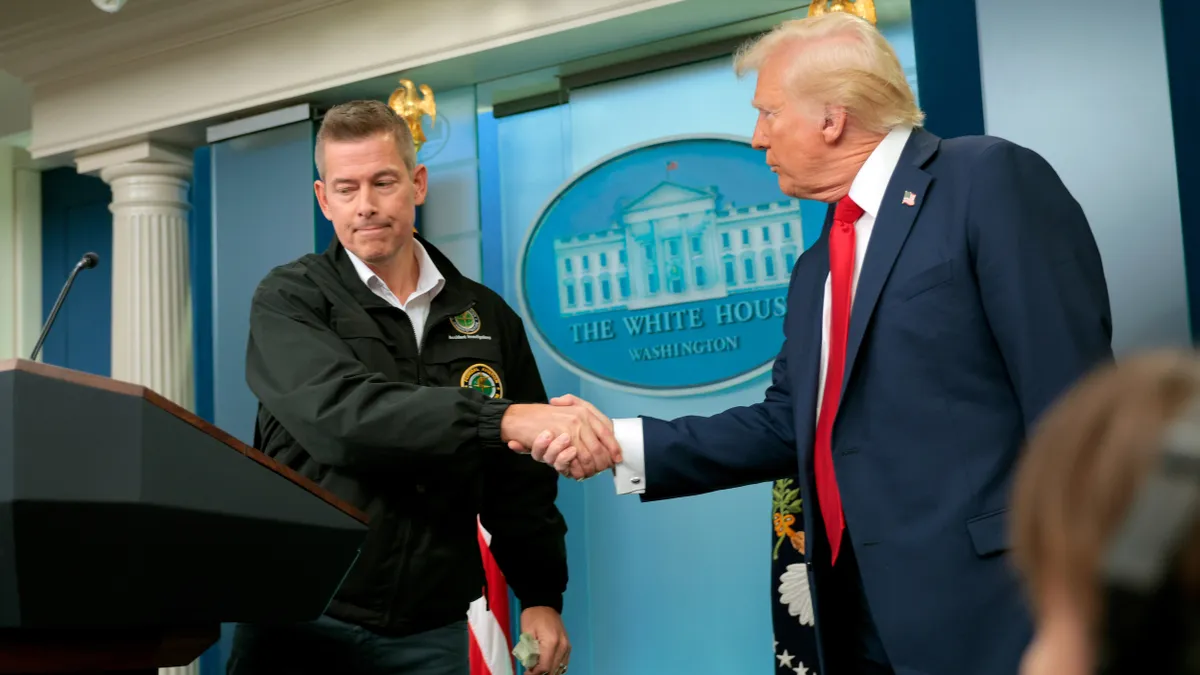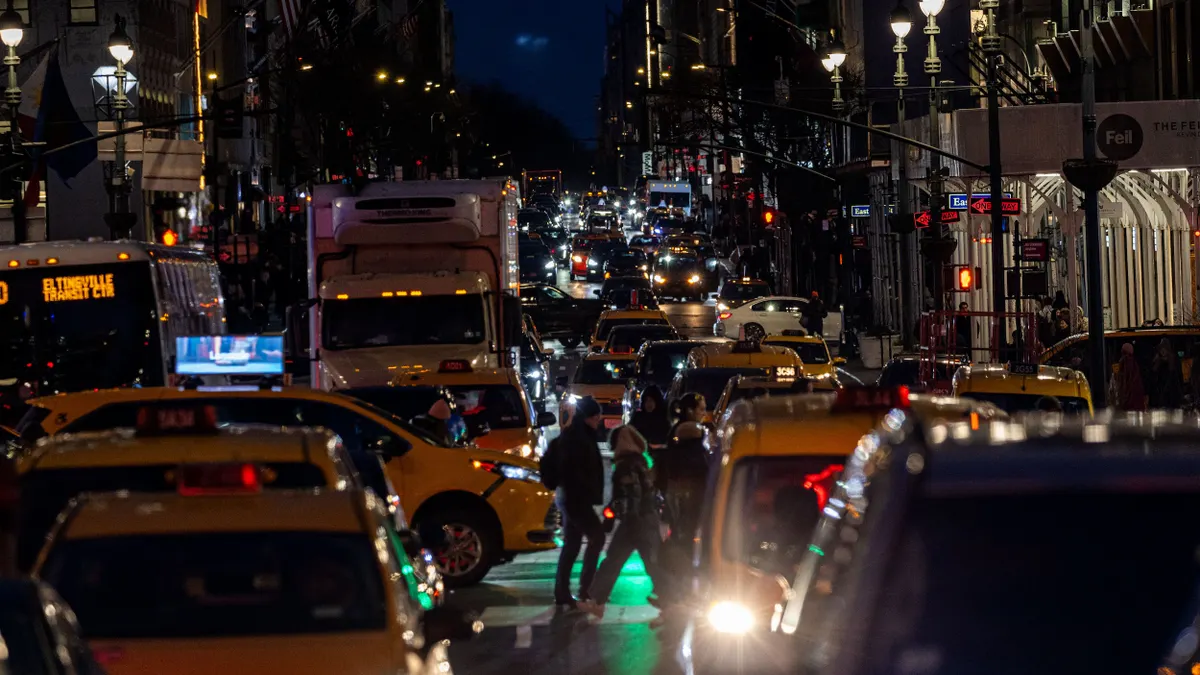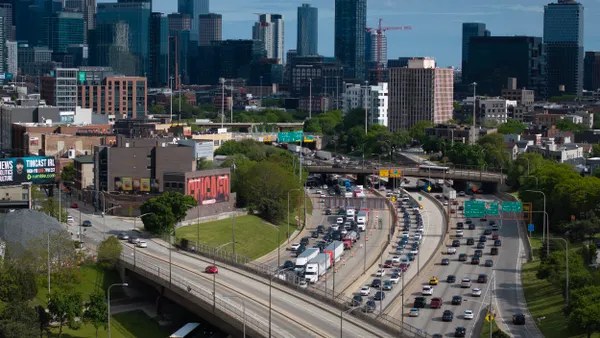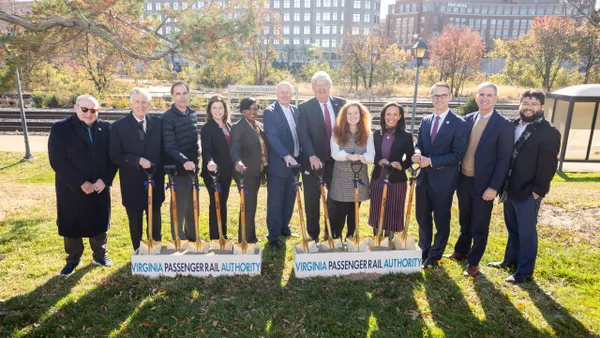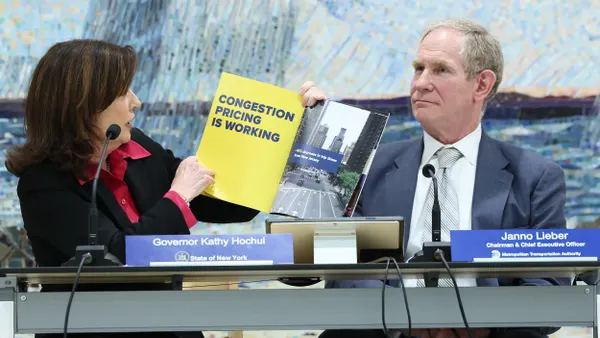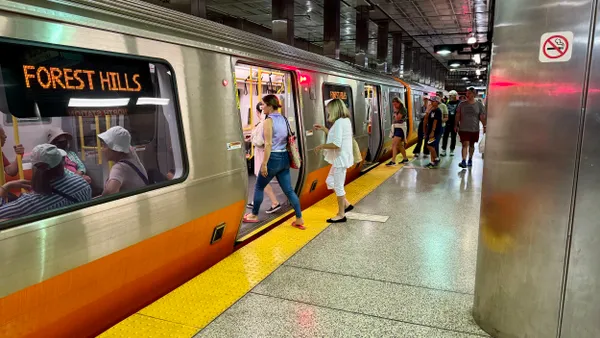In the Southwest neighborhood of Washington, D.C., low-income public housing mingles with million-dollar condos while thousands of visitors come to the area’s museums, hotels, concerts and eateries. However, it’s not the easiest place to get around.
That was the challenge that the Southwest Business Improvement District, in partnership with the District government, wanted to tackle. Together, they established the DC Mobility Innovation District to test and deploy innovative mobility solutions. “We're looking to serve as [an] intermediary between innovative transportation solutions and the governance framework that would allow for those solutions to reach the public,” Zack Baldwin, director of mobility, data and research at the SWBID, said in an interview.
Once a thriving community composed mainly of Black and immigrant families, Southwest D.C. underwent the federal government’s urban renewal program in the 1950s. Some 23,000 people were displaced, 95% of structures were torn down and Interstate 395 was cut through the heart of the neighborhood.
Baldwin explained that the teardown and rebuilding left the area with disconnected streets and other infrastructure “that split the neighborhood apart.” A goal of the mobility project was to unify the neighborhood “in a way that would feel more intuitive, using technology.”
Initially, the team considered autonomous vehicles, but after reviewing bids from several respondents to a request for information, they “determined that the value proposition of one of the non-autonomous bidders was the highest,” he said.
The innovation district selected Circuit, a provider of electric shuttle services, for a pilot program. A fixed-route service and an on-demand service began in October 2022, Baldwin said. The fixed-route operation connects the Waterfront Metro station with Buzzard Point at the southern tip of the neighborhood, close to a soccer stadium, Baldwin said. An on-demand service enabled users to book a ride by phone or through a smartphone app. It provided access to grocery stores and employers at a cost of $2 for the first rider and $1 for each additional rider in a group, he said.
Although the innovation district’s contract with Circuit ended in July, the fixed-route service continues to operate thanks to a consortium of private-sector developers and a local nonprofit, Baldwin said. “We view that as a success, because we incubated the project within the mobility innovation district, then we sort of off-boarded it to people that it served,” he said. The on-demand service, however, has ended.
A report issued by Circuit at the conclusion of its involvement in the program found that nearly 35% of on-demand riders fell within the 23- to 35-year-old age bracket, and those over 64 accounted for more than 13% of users. The average trip length was one mile and 38% of rides ended or originated at a grocery store.
Going forward, Baldwin said the business improvement district has “a number of projects in our pipeline.” A one-year pilot program to provide food delivery workers with electric cargo bikes launched in July. The program includes charging cabinets that can simultaneously charge up to 16 e-bike batteries.
“We're also hoping to be the city's first micro freight hub,” Baldwin said, where parcel delivery trucks can offload to quadricycles for the last-mile dropoff. That project is next in the pipeline, he said.



